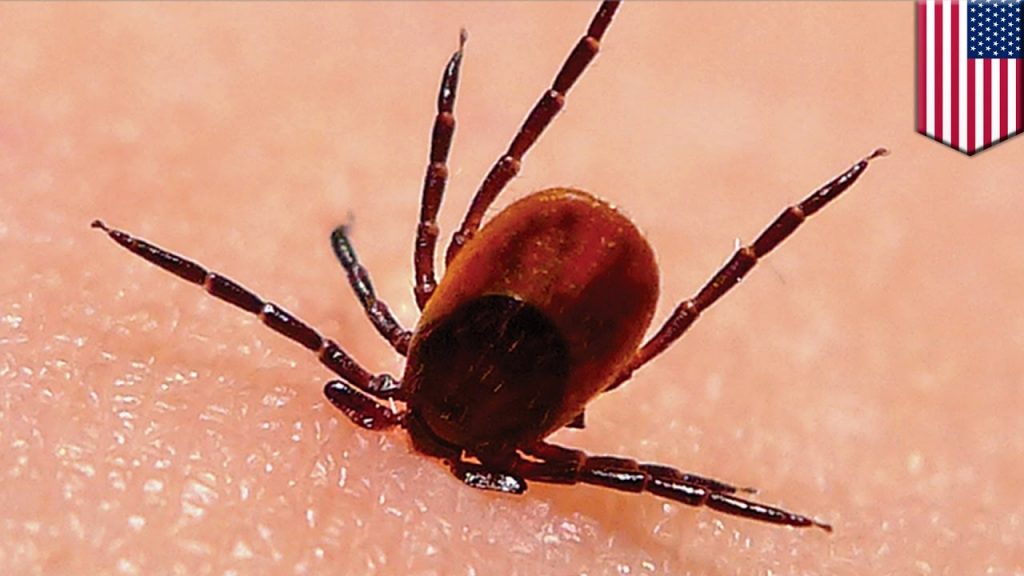The Centers for Disease Control recently published a report indicating that vector-borne diseases such as Zika, West Nile and Lyme have doubled in the past 15 years. However, the report also reveals that the number of infected individuals have doubled in the last year alone as well. This suggests that we could be in for a major outbreak this year as we head into what’s expected to be a warm and prolonged summer.
Rapid Increase in Cases
Nearly 100,000 new cases of infection were reported in 2017, but officials caution that this is a low estimate because it doesn’t account for the number of infections that went unreported. Consequently, some suggest that nearly 300,000 people may have been infected. What is even more alarming is that tick bites account for a significant proportion of cases, and many of these have occurred in areas where ticks are not normally a problem. As ticks continue to expand their range due to warmer and longer summers, more and more people will be exposed to vector-borne pathogens, and the number of cases can conceivably reach 500,000 before cold weather returns.
Government not Prepared
Mosquito control efforts have been highly-effective in areas where those resources have been made available. However, tick control efforts are not as easy to implement, which is one of the reasons that ticks represent such a threat. What’s alarming is that the CDC has concluded that state and local governments are not equipped or funded enough to develop broad, comprehensive mosquito and tick control strategies. Consequently, residents in communities that are situated over a wide-swath of the United States at are a greater risk of exposure than ever before, and most people don’t really appreciate the extent of the problem.
As we head into the summer months, it’s important to take this information to heart. None of us are immune to being bitten by mosquitoes or ticks, and it only takes one bite to introduce life-altering viruses into our bodies. Most of us are well-aware of basic precautions that can be taken to reduce the chances of being bitten by mosquitoes. Steps such as avoiding being outside at times when they are at their peak of activity, wearing clothing that covers exposed skin and using mosquito-repellent are just a few examples to consider.
Be Vigilant
However, ticks-prevention requires a lot more work. Using repellents and covering exposed skin is only part of the battle. We also need to be careful when we’re spending time in the outdoors on trails, in the woods, or in other areas of vegetation where ticks thrive. Ticks can jump great distances, and most of us will never know that we’re transporting ticks on our clothing, hair or skin until we’ve returned home. Unfortunately, the majority of bites occur hours or days after spending time in the great outdoors, and ticks can be very difficult to remove once they’ve been let loose in the home.
Consequently, it’s important to inspect everyone who has spent time outside for ticks before they walk in the door. Check hair, clothing, backpacks and the skin. While this can take a little bit of time, it’s the only way to really minimize risks and contain potential problems. If you do find ticks on clothing, shoes or linens, the general consensus is to put the items in the dryer, on high heat, for at least 10 minutes to either immobilize them or kill them off before disposing of them.
Take some time to learn more about things that you can do to minimize the risk of being exposed to pathogens from ticks and mosquitoes this year. While the media as well as the government has downplayed the extent of the problem by not talking about it, the threat is greater than ever. It’s up to all of us to make sure that we’re doing what we can to protect ourselves and our families, and it’s also important to incorporate tick and mosquito control into your preparedness efforts and survival strategies as well.
